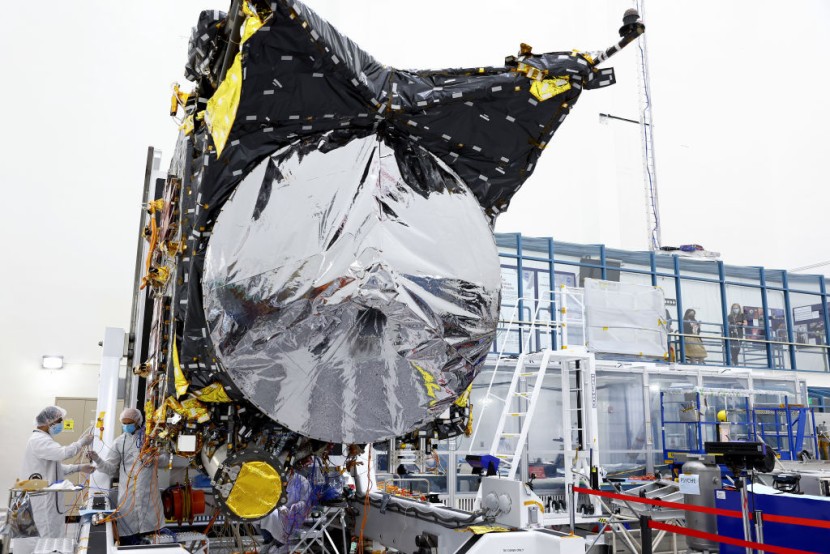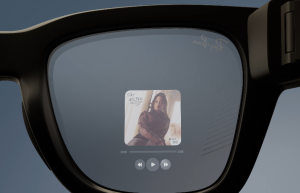NASA's Psyche spacecraft has successfully sent a laser beam from 10 million miles away, marking a space-breaking new ground for the agency.
The laser is encoded with test data and was initially fired from the spacecraft and later sent back to the Hale Telescope at Caltech's Palomar Observatory in San Diego County, California. It was transmitted roughly 40 times farther than the distance between the moon and our planet.
NASA's Psyche Spacecraft Sends "First Light"

The unprecedented laser transmission, which the space agency described as a "first light," took place in the early hours of Nov. 14. It was a time when Psyche's laser transceiver locked onto a powerful uplink laser sent from a telescope at NASA's Jet Propulsion Laboratory (JPL) near Wrightwood in California.
The uplink laser helped the flight transceiver aim its downlink laser toward Caltech's Palomar Observatory. Then, automated systems on the transceiver and ground stations fine-tuned its pointing.
The development is a significant stepping stone toward increasing the amount of data that scientists can transmit throughout the solar system using various equipment. NASA added that it has long been able to communicate with spacecraft using radio frequencies but noted that sending information using lakers that far into space has never been done before, as per Fox News.
The Psyche spacecraft was initially launched aboard SpaceX's Falcon Heavy rocket in October on a larger mission to explore a metal-rich asteroid. That particular cosmic object could provide information to understand the earth's formation.
The space agency's mission is also part of its Deep Space Optical Communications (DSOC) experiment. The director of Technology Demonstrations at NASA, Trudy Kortes said that achieving first light is one of the many critical DSOC milestones in the coming months.
He added that the achievement paves the way toward higher-data-rate communications that will be capable of sending scientific information, high-definition imagery, and streaming video in support of mankind's next step forward. This was a reference to the space agency's efforts to send humans to Mars.
Advanced Communication Technology
The project technologist for DSOC at NASA's JPL, Abi Biswas said that achieving first light is an extremely crucial milestone. He noted that the ground systems successfully detected the deep space laser photons that were sent by DSOC's flight transceiver aboard the Psyche spacecraft, according to AS.
DSOC's optical communication technology, which is similar to fiber optic internet, allows the transmission of light signals at speeds that are comparable to radio waves. However, they come with significantly enhanced data-carrying capacity.
The system used in the process required high-tech engineering, including the development of a cryogenically-cooled superconducting detector. This was capable of spotting a billion photons per second to squeeze every bit of information from the faint light that travels tens of millions of miles to Earth.
While the latest experiment was considered to be successful, the team at NASA still has many challenges to face in the future. The technology was designed to work when Mars is as far away from our planet as possible, which is roughly 235 million miles. This is twice the distance between Earth and the Sun, said Business Insider.
Related Article : James Webb Provides View of Mysterious Star-Forming Heart of Milky Way
© 2025 HNGN, All rights reserved. Do not reproduce without permission.








